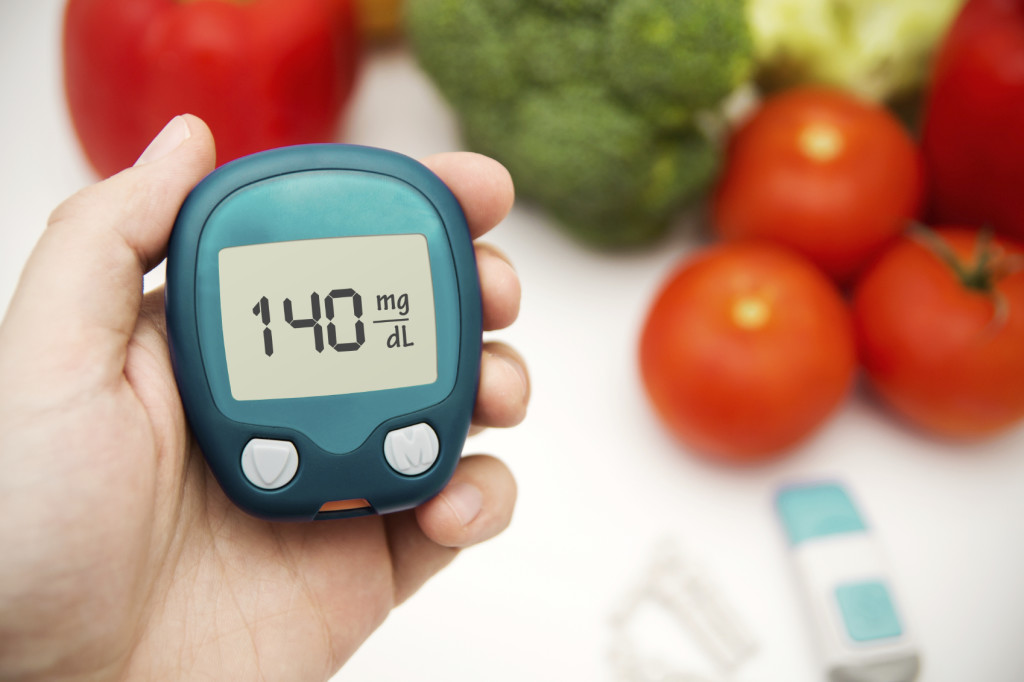
Many people with diabetes—especially those recently diagnosed—wonder how they can control their diabetes while still living full and comfortable lives.
How can you live the way you want to live without consequences from this condition?
While it’s true that diabetes can be difficult, a forward-thinking approach to your condition can make all the difference.
“Because diabetes is a self-managed disease, it’s really important to learn and practice lifestyle skills that will control it,” said Lynn DeWitt, a registered dietitian and certified diabetes educator.
DeWitt teaches comprehensive diabetes education classes through Spectrum Health Diabetes Education Services.
DeWitt offers a 5-step plan to help those with diabetes manage their lifestyle and their condition:
- Eat healthy
- Count carbohydrates, along with controlling meal portions
- Move more
- Understand your blood sugar
- Get informed and educated
This story tackles Step 1—Eating healthy.
You guessed it: More fruits and vegetables
This means more fruits and vegetables and more whole foods, DeWitt said.
Everyone, regardless of their health, needs four or five servings of fruits and vegetables every day because they contain vitamins and minerals, are high in fiber and lower in calories than many processed foods.
Unfortunately, many Americans don’t even come close to that recommended amount.
“Our intake of fruits and vegetables is pretty low,” she said. “Some people say to me, ‘I never eat vegetables. I don’t like vegetables.’”
But, she added, we have to remember that most food preferences are learned in childhood. So as you age, your taste for certain foods may change.
“Revisit your likes and dislikes of fruits and vegetables,” she advised. “If you didn’t like broccoli as a child, maybe you’ll like it now. You need to give it a try to know for sure.”
Try new things—especially ‘super foods’
DeWitt said she challenges her patients to go to a local farm market or the fresh food sections of the grocery store, then find and prepare a fruit or vegetable they’ve never eaten before.
“Be open to trying new things,” she said. “And remember that your children and your grandchildren are watching you. What you do in your intake with fruits and vegetables, they’re going to follow.”
DeWitt also recommends eating more whole foods—foods that are less processed, such as brown rice, whole wheat pasta and crackers, whole oats, barley and quinoa (pronounced “keen-wa”), beans, peas and lentils. The fiber in these foods will fill you up more quickly, which can help control appetite.
Some foods are what DeWitt calls “diabetic super foods,” which means they are especially high in nutrients. They include legumes, green leafy vegetables (spinach, collard greens, kale), citrus fruits (oranges, grapefruit, lemons, limes, berries and tomatoes), fish (especially fish with omega 3 fatty acids such as salmon, mackerel, herring, lake trout, sardines and albacore tuna), fat‑free yogurt and milk.
Last, but not least, are nuts. Don’t eat too many, though, because they are high in fat and calories.
“All these foods are packed full of nutrition,” DeWitt said.
 /a>
/a>
 /a>
/a>
 /a>
/a>